Many brands stake their reputation on the country of origin of their products. But in a globalized world, where materials come from different parts and are assembled in many places, how much can a single country of origin really tell you?
- Should You Buy A Product Based on the “Made In” Label?
- US Rules for “Made In” Labels
- The Supply Chain & Globalization
- Countries of Origin and a Product’s Supply Chain
- Manufacturing and Labels
- First-World and Low-GDP Countries
- Heritage, Quality, and Country of Origin
- My Two Perspectives on “Made In” Designations
- Conclusion
- Outfit Rundown
In today’s world, you can buy just about any product that was constructed, woven, assembled, fabricated, or designed in a specific country. Most people would still like to believe that if a label says, for example, “Made in the US,” the product is entirely made in the US. However, that’s oftentimes not the case. It just means that the majority of the parts were actually made or assembled in the US. Sometimes, of course, there’s label fraud going on, and the thing that is “Made in the US,” may actually not be made in the US at all. But with that said, does where a product is manufactured actually matter in today’s world?
Should You Buy A Product Based on the “Made In” Label?
Making an informed decision solely based on the “made-in” designation is basically impossible in this day and age. Even if you’re in the store and you ask the staff where something is made, and they insist that a pocket square was made in Ireland, chances are that the linen wasn’t actually from Ireland. Perhaps the square was woven in Ireland, but the hand-stitching was made somewhere else. The fact of the matter is that many sales clerks and staff don’t know much about the supply chains of the brands they sell. And because of that, they can’t really tell you where something is made in its entirety.
US Rules for “Made In” Labels
There are different rules of what you can and can’t say on labels. So, let’s take a closer look at what “Made in” means in the US.

The Federal Trade Commission (FTC) requires that you don’t just have the country of origin, but also the fiber content, wash instructions, and the manufacturer or brand label. That being said, those labeling requirements do not apply until the product goes to sale to the consumer. So, you could import something without a label and then put something on after the fact, just before it’s sold to the consumer. That’s also true for garments. So, they can be delivered to the US in part or almost completed, and then, some work can be done in the US for the product to legally be labeled “Made in the US.” In the EU, for example, the fabric composition is required but the country of origin is not.

The Supply Chain & Globalization
What is pretty straightforward is that sometimes people don’t see the truth. However, the bigger problem in determining a country of origin is globalization, because from a single sticker it’s hard to infer what went into that product. Why? The country of origin is simply a very simplified approach to a globalized world. Just think of a car, for example; the cost of designing the car, engineering the car, and testing it, are huge expenses that may not be at all in a place where a car is manufactured. On top of that, a car is a symbol of many different parts for many different vendors and countries. So again, the development of all of that and where it’s manufactured, are two very different things.

For example, in 2018, the Jeep Cherokee was the “most American” car with apparently 72% of the parts being made or assembled in the US. Jeep is owned by Fiat, which is an Italian company, which is headquartered in London, England. Of course, if the part was designed in Italy and then made or assembled in the US, then it’s still counted as being an American part.
Countries of Origin and a Product’s Supply Chain
It seems obvious that cars are complex, but even clothing or simple accessories such as a tie, a pair of gloves, or a pocket square also have a globalized supply chain. As an example, let’s take a look at our Fort Belvedere ties.
Ninety-eight percent of the world’s raw silk today originates in China. That also means that the best quality silk these days comes from China. And because we’re all about quality, we get our raw material silk from China. The raw material silk is spun into a yarn and woven into a fabric. That can happen either in China, or in Italy, or in England. But if it’s a jacquard tie and it’s woven, that’s a finished fabric; typically that happens in Italy.

If the fabric is printed, it comes to England and is processed with a very complicated dye and discharge printing mechanism that is very labor-intensive and costly. It’s hand screen-printed in England. Because the printing process is labor-intensive and expensive, you could call this entire fabric made in England, even though the raw material, the yarn, as well as the woven part of the fabric were all made in China.

Now, with the fabric, we have to make a tie. We checked many different manufacturers in different countries and we found that in Vietnam, we get a really high level of skill and craftsmanship, paired with a relatively low price and a very consistent output. Although a tie may say it’s 100% made out of silk, it usually has some form of interlining, made out of cotton, or wool, or both. The interlining for Fort Belvedere ties comes from Italy. It is made out of the wool of Australian or New Zealand sheep. The thread we use comes from a renowned German company and it is made out of 100% silk, which again, comes as a raw material from China.
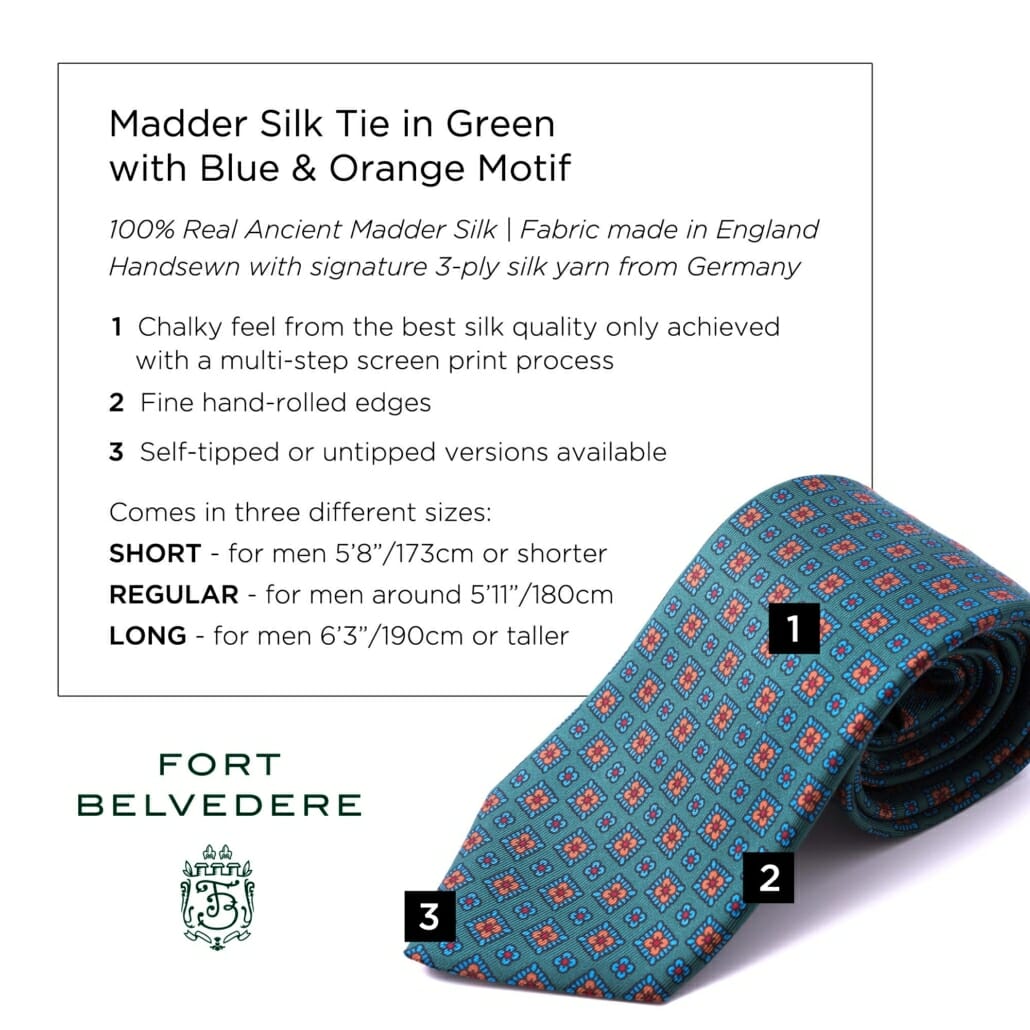
We sew and cut our ties in Vietnam, but because the printing process of fabric is so expensive, we could technically call our entire tie made in England–even though just the printing actually happened in England. Isn’t that crazy? We thought so, too. Most people assume that a “made in” label will tell you where a product was actually cut and assembled or made. Because of that, we put a made in Vietnam label into our ties and bow ties.
There are all these different steps from different countries that make something more expensive, but we do it because we believe in the quality of the final product. Of course, we could also try to do everything in one country. The problem is, if you want to have silk production in England, and then also split yarn there and weave it, not only is it going to be a lot more expensive, but chances are that the quality would also be lower. The point we’re trying to make here is that it is impossible to simply ascertain the real journey of a product and how it came to life simply by looking at that small “made in” label.
Fort Belvedere Gloves

The same is true for gloves. The raw hides for our lamb Nappa gloves come from Ethiopia, which are tanned in Italy. Our peccary leather comes from Peru, which is then tanned in Germany. We send it off to Hungary because of a great tradition of glove making, but the interlining comes from Italy. Meanwhile, the cashmere comes originally from Mongolia. The thread again comes from Germany. We designate it “Made in Hungary” because that’s where the people sit, where they cut the gloves, and where they sew them together. For peccary, though, it’s so expensive and it’s tanned in Germany that we could technically call it “Made in Germany.”
Fort Belvedere Pocket Squares
Even something as small and simple as a pocket square is not straightforward. For example, the silk fabric comes from China, and is then printed in Italy or in England. And then, some manufacturers just ship it to the Azores, or Morocco, or some other North African countries with a low labor cost where they get hand-rolled and sent back, but then, they have a “Made in Italy” or “Made in England” label in there. I find that’s really not what actually happened there, but legally, you’re totally in your right to do that.
Manufacturing and Labels
When we started Fort Belvedere, I traveled the world to visit many manufacturing facilities and sometimes, they would just plainly lie and put a “Made in Germany” label in there, even though the entire production took place in Vietnam. Frankly, I found that quite disheartening, especially considering some local regulations. For example, the state of California requires that all the assembly is made in the US in order to label it “Made in the US.” The rules at the federal level are a little different; you can have a “Made in USA” label if it is all or virtually all made in the US.

In California though, it has to be 100% made in the US. But what does that mean? For example, for a tie, I’m not aware of any domestic silk production facility with silkworms being here in the US. So, does that mean that no tie can ever truly be made in the US? As a consumer, keep in mind that these “made in” labels are typically used by companies to justify a higher price from the consumer, because they automatically assume that a “Made in US” product is more expensive than a “Made in China” product.
Years ago, I did a factory visit at a Shinola Factory in Detroit, and I was surprised to see so many parts made in China, because the big selling point of their brand was their “Made in Detroit” message.
First-World and Low-GDP Countries
If you see a country of origin label and it’s in a first-world country, chances are, there are certain elements that are better for the environment or for the workers who made that product. Low-GDP countries like Sri Lanka, Nicaragua, the Dominican Republic, or Bangladesh are often used by fast-fashion companies because they can subcontract a manufacturer, and they don’t really have to worry about the conditions people are working under. You may recall that in recent years, Bangladesh had frequent issues with fires and workers dying because safety regulations weren’t on top of the mind of the subcontractor.

Manufacturers often claim that they don’t know what the subcontractors do, if they were promised one thing, but they did another. At the end of the day, it’s a murky system that’s at best obscure and at worst exploitative, and it’s one of the reasons why even big companies like Nike have a hard time telling you exactly what their entire supply chain looks like, how people are involved from start to finish, and where all the products are coming from. Of course, if you’re a company that swears by manufacturing in Canada, the US, Germany, or elsewhere, you can at least assume that they care about a certain level of environmental standards, workers’ safety, and sometimes also the quality of their products.
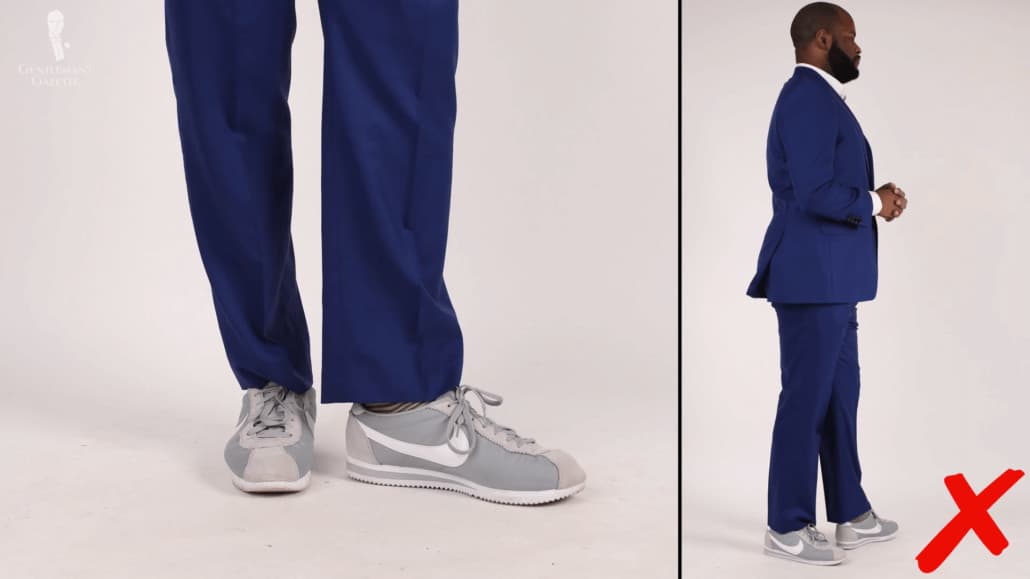
I’ve seen excellent quality products come out of Sri Lanka, especially in the clothing realm. So just because something is from a low-GDP per capita country, doesn’t mean the quality can’t be there. On the other hand, in a first-world country, you will likely have minimum wages, certain laws that regard the work time, hours, and capacities, and those laws are typically also more often enforced. Also, in countries with a lower GDP per capita, oftentimes, there’s less oversight on an environmental impact and subcontractors or owners of companies are less inclined to follow the rules.
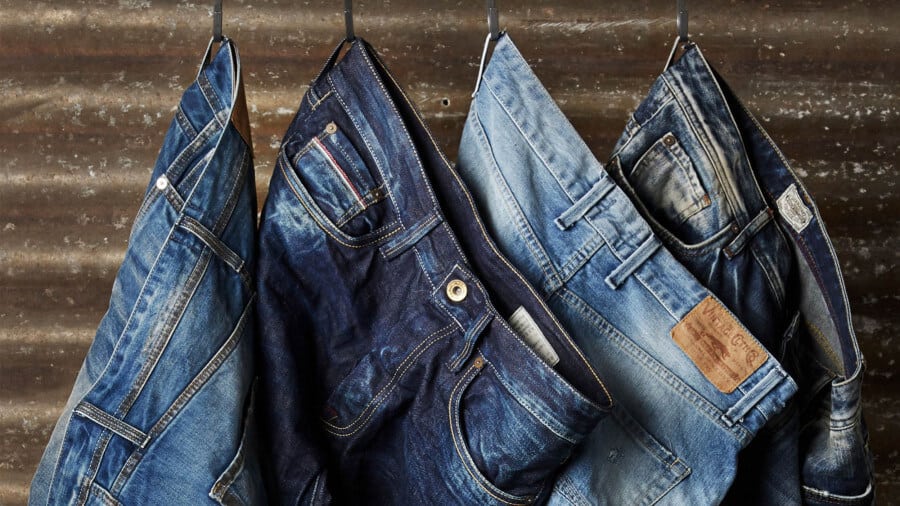
For example, if you go to the center of denim production in China, you can see rivers that are blue because of all the dark blue denim color. That being said, you can also go to the US and look at 3M, where some of their manufacturing facilities have leaked bad substances into the water and people were harmed by it. So just because in a first world country, doesn’t mean that companies will always obey environmental regulations or will do no harm to the environment or people close to their factories.
Heritage, Quality, and Country of Origin
A “made-in” label can sometimes also indicate the heritage quality of a certain country. Let’s run through some examples. Hungary is known for glove production, classic men’s dress shoes, and of course, paprika. Hungarian paprika is known to be of quality and tasty. In Germany, a town like Solingen is famous for its cutlery, and Glashütte is known for watchmaking. When it comes to cars, a car that’s made in Germany has likely a higher expectation and warrants a higher price than a car made in Romania or Asia.

England has a long-standing tailoring tradition. They’ve been weaving and printing silk for centuries, and they’ve even little towns like Northampton where you find lots of shoe factories.
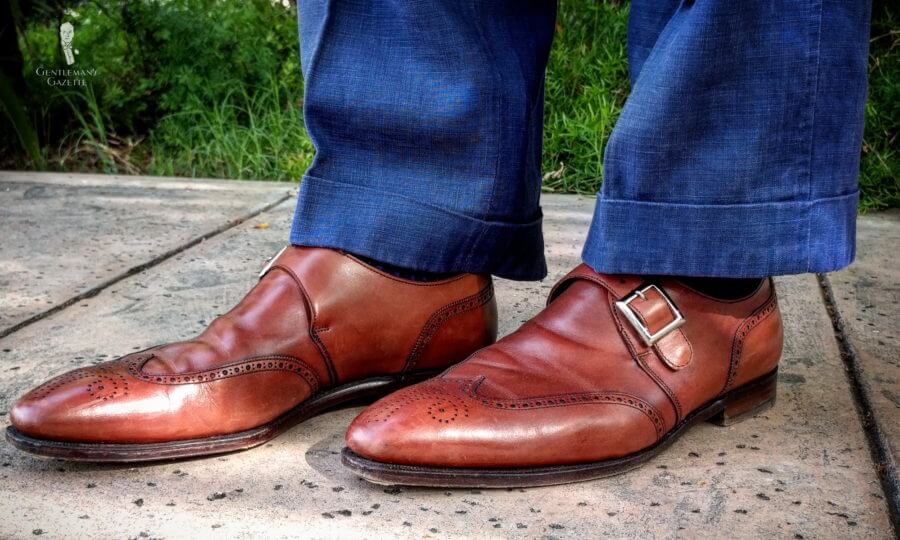
Italians are known for their leather goods, leather tanning for their clothing, and for their cashmere goods. I could go on and on about different countries and what they’re known for. While it’s generally true that you find a higher level of quality if there is a centralized industry around a certain good, there are also sometimes people who try to cut corners and benefit from the general perception of quality. Based on these preconceptions, we sometimes are in the illusion that low-cost countries will only produce fast fashion and well-known countries will only produce quality.
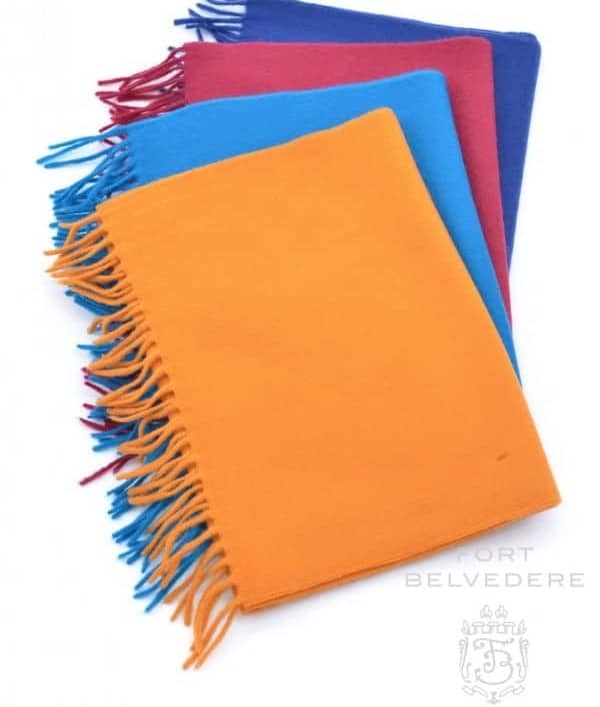
Reality is, that’s not always true. Just the other day, I like the pair of Meermin shoes made in China, and they’re of very high quality because a lot of know-how from the Carmina family from Spain went into that shoe. On the other hand, I had a German Bosch microwave which just sucked. At the end of the day, I think if you look hard enough, you can find quality and crap in every country. For example, Leica, which is the most profitable camera maker in the world today. They charge really high prices and part of that is justified with being manufactured and designed in Germany, which is something they push hard in their marketing materials. They make a good product and they are smart people, so they looked at the rules very closely and they put up a 560,000 square foot production facility in Portugal.
If you look at their products, nothing ever says made in Portugal at all, yet a lot of the parts and cameras are made in Portugal, just to the point where they’re shipped off to Germany and finished off, so they can legally be called designed and manufactured in Germany. Does that mean that a Leica camera that is partially made in Portugal is better or worse? No, it doesn’t. It’s probably the same quality, but just something to keep in mind. The GDP in Portugal is a lot lower than in Germany and I suspect that’s the reason why Leica built that plant there in the first place.
Are the best Savile Row custom trousers made in India?
My Two Perspectives on “Made In” Designations
As a consumer, you don’t always know where these cost savings go. Do they go towards customer service, maybe an improved product, maybe marketing, or maybe just as profit on the books? Fortunately, I have two perspectives from both sides. On one hand, I’m a consumer and on the other hand, a manufacturer because we produce all of our own products and design them ourselves. Both at Fort Belvedere and Gentleman’s Gazette, we firmly believe in quality and because of that, that’s what we strive for. We also believe that a high-quality product can be made anywhere in the world, and so we try to get a really high-quality product at a fair price.

Of course, we want our workers to earn a fair wage. We don’t want them to be overworked. We want them to have time to be with their families, and we want to protect and respect the environment. Sadly, that’s not something that can be communicated on a simple label. If you really wanted to display the entire journey of the product, and everything that goes into it, you’d need a little novel next to it, to make videos about it, or talk about it.

Conclusion
In a nutshell, what can a country of origin tell you? The answer is: not much. Maybe it can give you a hint about the quality and where it was made, but that’s not always true and it really just gives you a small glimpse into what actually happened. So ideally, always talk to the brands you buy from to understand what they do, where their stuff is coming from, and how it’s made, and don’t just look at the origin label.
If you enjoyed this piece, also check out our article on Swiss Made watches. How much is actually made in Switzerland? you’ll be surprised!
What’s your perspective on countries of origin and “made-in” labels? Share with us in the comments!
Outfit Rundown
I’m wearing a vintage tweed jacket which is made in England. My shirt, I don’t even know where it’s made from. It is made from an Italian fabric with a blue checked pattern, I think it was made in Asia or somewhere. My boutonniere was made of a German fabric and made in Germany. My pocket square is made of a silk will blend with a raw silk coming from China, the wool from New Zealand, it is printed in England and hand-rolled in England. Both of these are Fort Belvedere and you can find them in our shop here.
My pair of corduroys was made in the Dominican Republic by Ralph Lauren, they’re brown, and I’m combining them with a pair of trickers boots in a really nice tan color which were made in England from English leather. I’m pairing them with a Fort Belvedere belt in a tan color which has leather on the top that comes from alpine cows which is tanned in Germany, the inside lining, it’s Italian leather, Saffiano leather, which is green and comes from Italy. The buckle is also from Italy, solid press that is gold plated with the gold; not quite sure where it’s coming from, because it’s really hard to trace the origin of your gold. But you can see it’s a product that has ingredients for many different countries, it is then hand sewn in Portugal.
Last but not the least, I’m wearing shadow stripes socks from Fort Belvedere which are made and knitted in Italy, but the original cotton comes actually from Egypt. All those accessories can be found in our shop here, but you can see even in my outfit, there are so many different countries involved and you’d be hard-pressed to just say oh this is made in Italy or in England or there because so much goes into it.
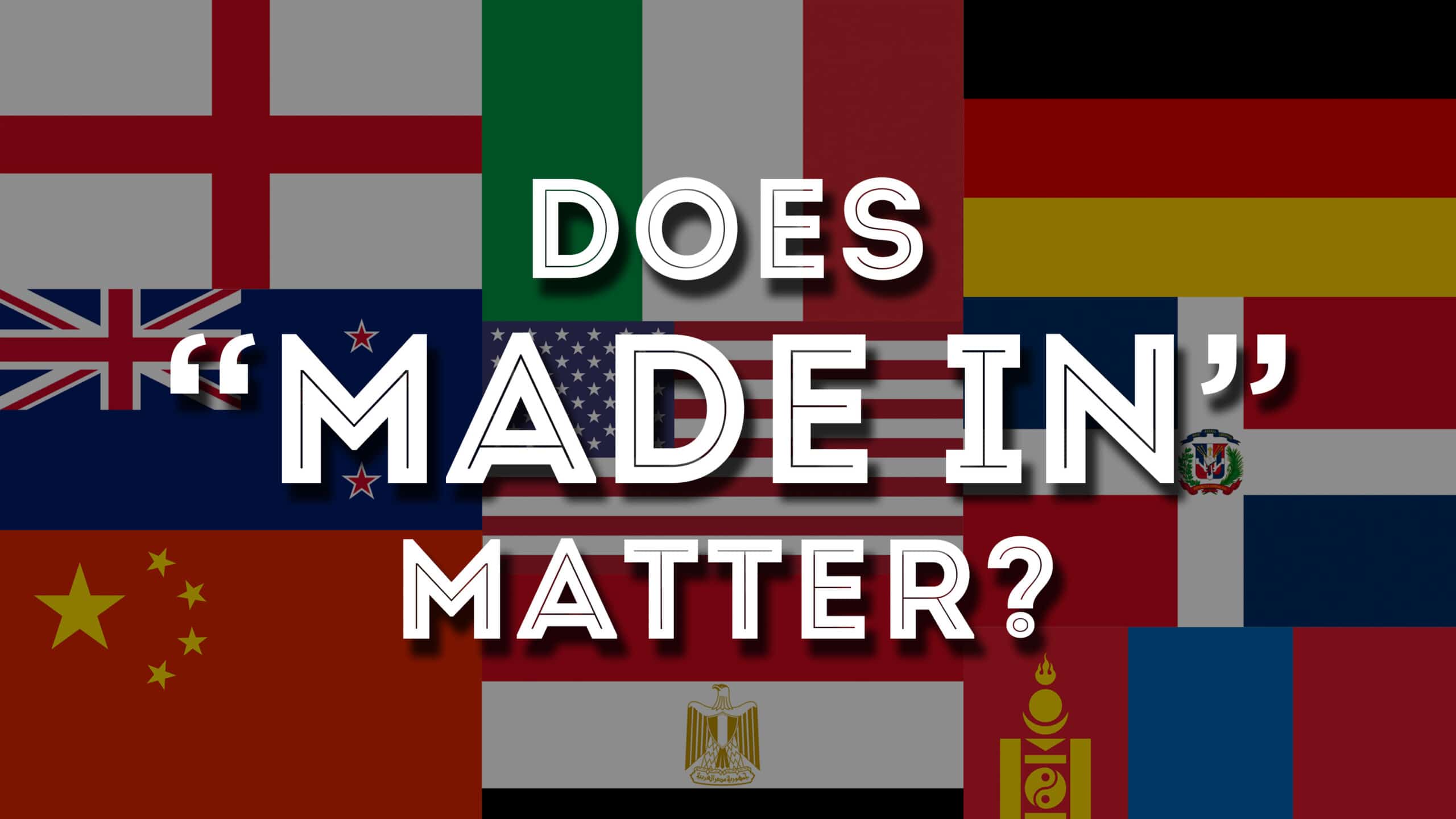
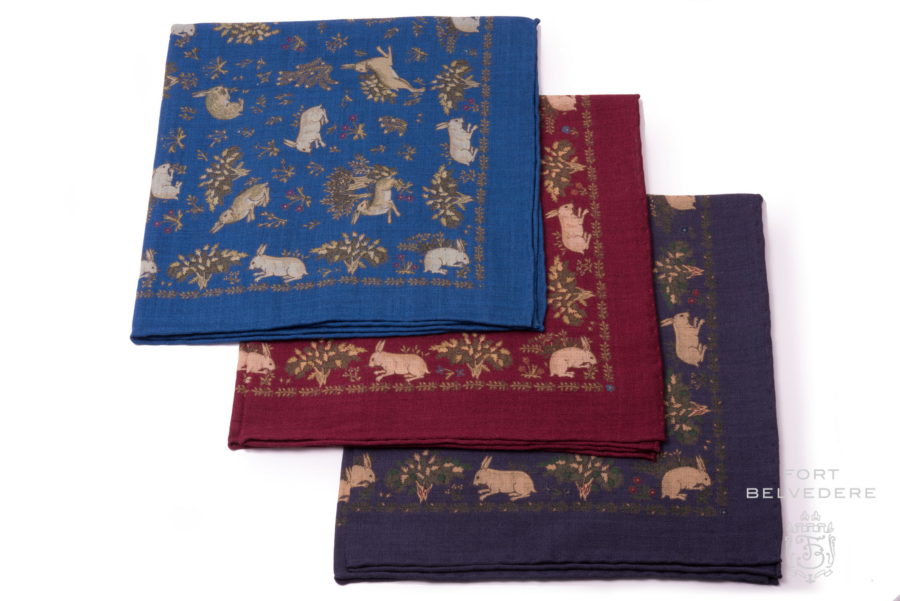
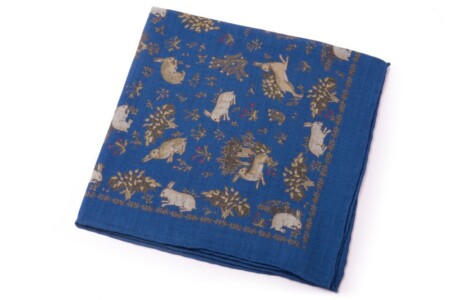
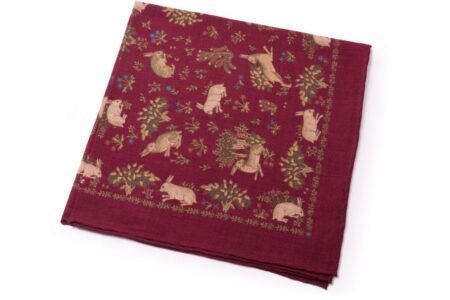
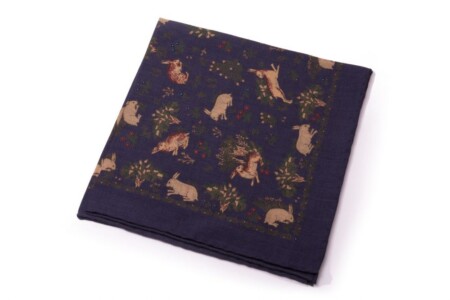
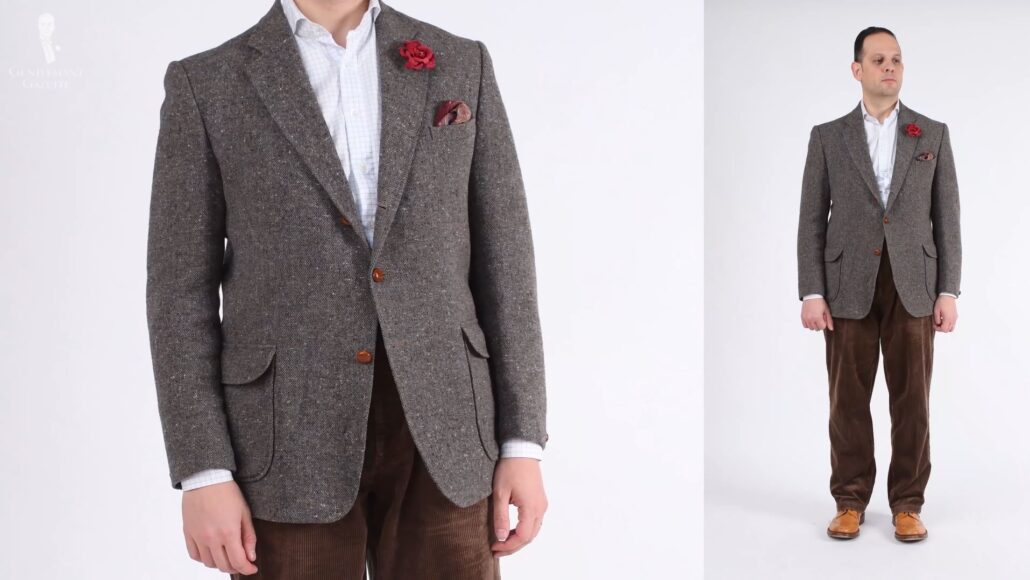
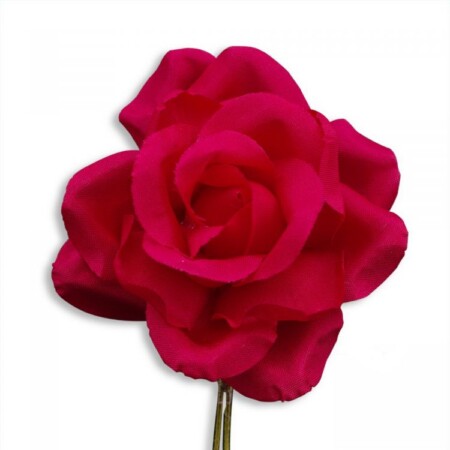
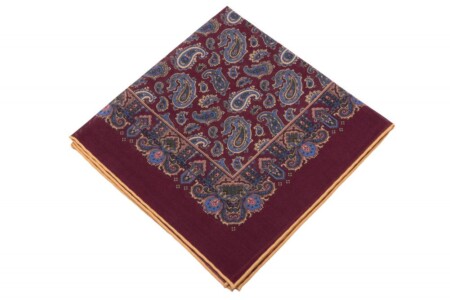
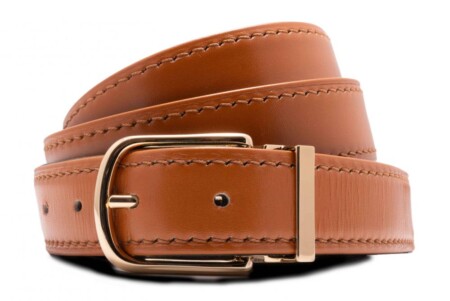
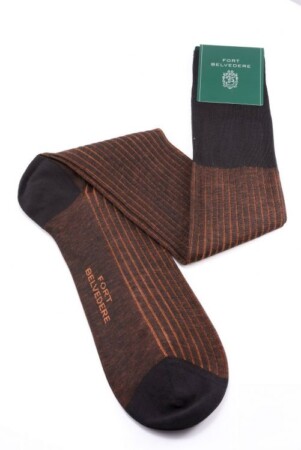
Hi, thanks for the article,
It was funny because I was just on Ebay looking at men’s shoes (mainly Crockett and Jones and other English makes) and it appears to me, in today’s market, you have to walk the fine line between ‘made in…insert ‘Quality country’ whilst recognising manufacturing is a global! For example, my budget allows me to buy Meermin Goodyear welted shoes, ostensibly Spanish – but made in China and fininshed in Mallorca. I don’t have a problem with this. I try to buy from well-established makers who follow classic design.
Thanks to The Gentleman’s Gazette for being one of the most informative and comprehensive guides for men (and women, I guess) who look to classic styling.
Tony (UK)
Good article which explains “The Made in ….” concept well. I can’t help but comment though, that the majority of such outsourcing from original country of manufacture, is done to maintain and/or exceed a makers profit margin. The margins have been reduced due to higher costs including local labour etc., and customers not wanting to pay more. Over the years this has become the norm and we very often see a “Made in China” label on many goods. The fact is that such trade also brings in much needed (and more valuable) foreign currency to the offshore partners so their governments endorse and subsidise it. The practice over the years has reduced quality to the point where goods are more disposable due to their short life. You now have two phenomenon’s coming out of all of this 1) Return of manufacture to original country and 2) Big brand manufacturers offering “Heritage” labelled products – basically the older product made as it was. Both of these “new” offerings command much pricing to again maintain margins. I think we will see more of this as I feel that consumers have a want for better quality coupled with traditional values. Then again, we can compare how much did ones salary buy generations ago compared to now. Its really become a balance of what is acceptable Vs the price to pay. The current younger generations are bombarded with choices of the same bland, polyester, grey/beige, made in Asia, sold by everyone, and they buy that without thinking. Meanwhile, the top brands spend $$$’s on marketing to justify their higher quality/price to smaller customer base. Globalism has indeed created a very saturated market. That’s without even considering the underlying markets, good and bad, for used & quality clothing, lookalikes and counterfeit labelled goods. All very often made in bulk at the end of product lines making the “real thing”.
When shopping for a pandemic virus look for the “Made in China” label, your sign of quality assurance.
A very informative article, gives an excellent insight to how the rag trade operate.
Well done, big fan.
John Tully
Beautiful article, my compliments.
Regards from Italy.
G.
Compliments on an excellent article. Companies like Brunello Cucinelli are a model for fair wages and high quality. However, many also should realize that luxury brands often price goods at 14 times cost to manufacture. Sure the flagship store rent and marketing is expensive, but often great product can be found for much less cost thanks to your tips on hallmarks of quality articles and videos.
A terrifically informative article. Thank you. May you always maintain your high ethical standards when it comes to producing your products.
Dear Raphael,
My compliments for such an informative article,In a globalized world,costs of raw material,supply chain,production,marketing,design,brand and positioning plays significant role for producing a quality product,Same quality of finished product can be maintained at different manufacturing units located at different countries irrespective of different supply chain basis.Additionally,Brand image and niche marketing could make” Made in tag”irrelevant.Recently,before,the spread,I had a opportunity to visit Massimo Dutti store in Delhi(India) to review their Fall/Winter collection,Surprisingly I found some article produced in country other than Spain,but that was not the deterrent factor for the quality of their products,which were of world class,comparable with any other products in same Category.Similarly M&S has also outsourced their fabrication of various articles to Bangladesh to market in India to attain competitive advantage.So in a globalized economy,most customers would prefer to have quality product at the optimum price,instead Made in Tag to the extent satisfying his possession,Regards from India
Excellent article that describes the complexity of labeling well.
I enjoy reading these articles and share your preference for long-lasting quality over poor quality products. That usually comes with a cost. Even if both products are made in China, the one with better materials and more highly skilled workers will cost more. When it comes to country of origin I do pay attention. Yes, cost is important to me, but worker conditions and environmental impact mean more.
I still seek out American made products in some categories, because I have more confidence in those conditions mentioned above, and also because I want to see some of these traditional skills like shoemaking remain a viable craft for American workers.
Thanks for sharing your thoughts, Jan.